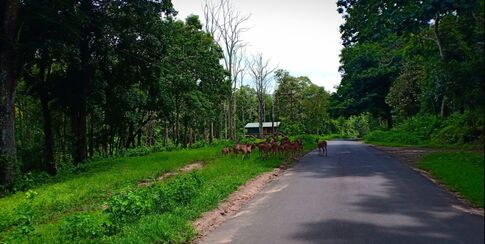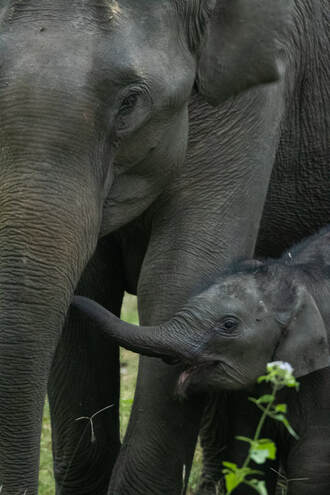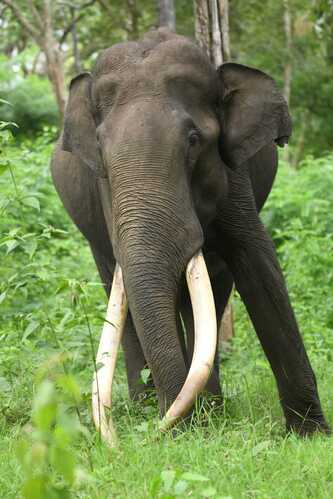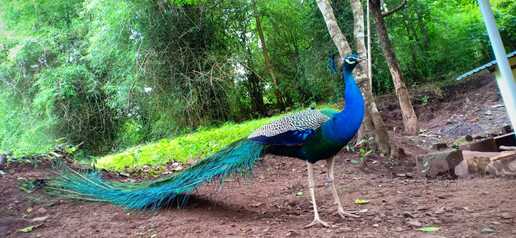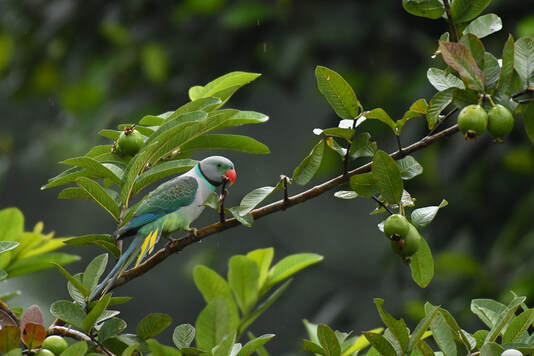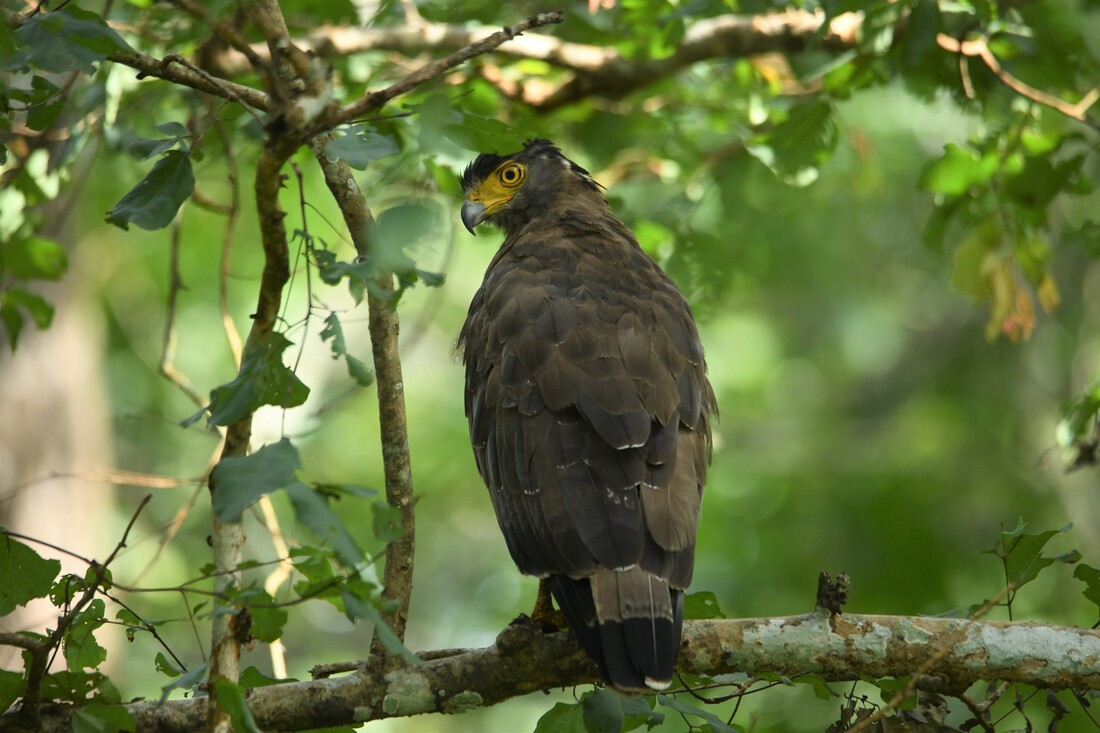|
Mr. Mahendran, an anti-poaching watcher and guide from the Anamalai Tiger Reserve in Tamil Nadu was interviewed by YNN member Smriti Mahesh as part of our World Ranger Day initiative, “In Nature’s Defence”.
Hailing from the Malasar tribe, Mahendran has lived in the Anamalai forests his entire life and joined the Tamil Nadu Forest Department after his graduation. With a deep love for birds, he hopes to make people understand the need to conserve our forests and leave them untouched for future generations.
|
I belong to the Malasar tribe of the Anamalais- the name comes from the Tamil phrase, ‘malaiyai saarndhu vaazhum makkal’, meaning ‘people of the hills’. We’ve lived in this forest for generations and know it like the back of our hands. An elephant could be standing 100m away, completely obscured by thick jungle, and a tribal would be able to detect its presence with ease. We can tell if an animal has passed through a certain area recently, how long ago it traversed this path, whether it’s been hours or days- this is why the Tamil Nadu Forest Department recruited us to help protect the Anamalai forests. Only those who know these forests as well as we do will be best fit for this job. When I had just graduated from college, I heard that they were hiring people from my community so, despite the fact that I wasn’t too interested in the field at the time, I decided to join. Over time, I developed a keen interest in the matters of the jungle and came to love my job.
The Anamalai Tiger Reserve begins at Top Slip and spans about 960 sq. km, stretching all the way to Munnar on the TN-Kerala border. It is home to 27 tigers, 262 species of birds and several mammals like elephants, bears, leopards, wild dogs and 4 species of deer. There are also many native trees that make up this forest, like thekku maram (Teak tree), maruthu (Arjun tree), eetti (Rosewood) and sandhanam (Sandalwood).
The phrase ‘anti-poaching watcher’ translates to ‘vettai thadukkum kaavalar’ in Tamil and as the name suggests, the main aim of our job is to prevent people from hunting animals within the reserve. We patrol certain areas of the forest every day and use a GPS-enabled app to record data in the field. Besides this, we prevent people from cutting trees, grazing their cattle in the forest and doing other such illegal activities. If we come across dead animals while patrolling, it’s also our responsibility to report the finding and perform a post-mortem on the animal.
I have definitely faced danger while doing my job but luckily, none of these encounters has ended badly for either party. Once, when a fellow watcher and I were patrolling a certain part of the jungle, we were attacked by a bear! A mother with two tiny cubs, she saw us as threats to her young ones and felt the need to scare us away- a truly unforgettable incident. We’ve also had run-ins with elephants on misty days when the fog is so thick you can’t see more than 10 metres ahead of you. Finding ourselves in the midst of an elephant herd and trying to shoo them away while dropping our bags to run is the kind of experience we’ve had not once or twice but several times in this job.
When I guide people through the reserve, I try to make them understand that the forest they see around them should continue to flourish as it does now for future generations as well. The people who visit should teach the next generation, “this is our forest, our source of pure air and water and we should protect it”. This is the principle based on which I show people around the forest. We sometimes have people who ask us to show them tigers the moment they arrive. To such people, we explain that the forest isn’t a zoo, it’s the natural world, and what we see is out of our hands. As we go deeper into the forest, we tell them more about the jungle and its denizens and they slowly begin to understand the true meaning of a forest.
The part of my job that I love the most is the fieldwork. We walk through the jungle for hours on end, tracking deer, elephants and tigers and collecting data. Every day, when we go out into the field, we try to judge based on scat and pugmarks how long ago a tiger passed through the area and whether it was a male or a female, or if we see tracks left by elephants, whether it was a herd or a lone elephant, maybe a tusker. Water is abundant here in the monsoon but in summers, we check and note down the locations of waterholes in the jungle. My favourite denizens of the jungle are the birds. The way they call, the way they sing- they’re incredible. I thoroughly enjoy identifying them and observing their behaviour- I know what they eat, when their nesting seasons are, and how long it takes for their eggs to hatch!
Luckily, my job has not been affected by COVID-19. As the others in my team of 5 and I spend our entire lives in the forest, we rarely come in contact with people from outside so things have been running smoothly here despite the pandemic. However, this job does not come without its own fair share of challenges. I still remember the first time I had to spend the night in the jungle. We began walking through the forest at 8 AM but couldn’t reach our destination by nightfall as it was a rather long walk- almost 15km. As it was my first such experience, I was very scared but I’ve come a long way since then. I’ve learnt that I need to adapt to various circumstances and with experience, I’ve also learnt to handle such situations better.
To those reading this article, no matter which forest you visit, don’t throw plastics and liquor bottles in the jungle- I’ve seen many tourists treat the forest with such disrespect and it’s very shameful. We must all come together to protect our forests and save the world.
We would like to thank Mr. Lingesh Kalingarayar for his assistance in contacting Mr. Mahendran for this initiative.

